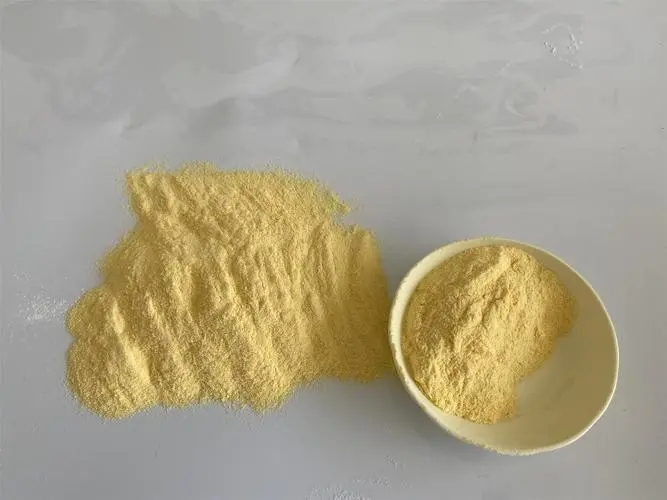Phosphatidylserine Dosage Recommended,Price Discount
Time:2024-08-02
The optimization of phosphatidylserine dosage in food products is a complex and important topic, encompassing aspects of food safety, quality, nutrition, and consumer health. China's former Ministry of Health (now the National Health Commission) has included phosphatidylserine in the list of new food raw materials, allowing its use as a new food ingredient with a recommended daily intake of no more than 600mg. The U.S. Food and Drug Administration (FDA) has recognized phosphatidylserine as GRAS (Generally Recognized As Safe), permitting its use in yogurt, milk powder, bread, solid beverages, and other foods as a nutritional fortifier. The European Union has classified soybean-derived phosphatidylserine as a novel food ingredient and has set corresponding usage conditions and labeling requirements.
The optimal dosage of phosphatidylserine varies across different food types and application scenarios. For instance, the amount added to products like yogurt and milk powder may be relatively low, while functional foods or dietary supplements might require higher amounts. The specific dosage must be determined based on product formulation, production processes, target consumer groups, and market demand.
When optimizing the dosage of phosphatidylserine, it is crucial to conduct a safety assessment. This includes evaluating the toxicological effects at different dosage levels, the metabolic pathways after ingestion, and overall safety.
For different food types and applications, it is essential to verify the functional effects of phosphatidylserine at various dosages. For example, in dairy products, the impact on product stability, taste, and nutritional value needs assessment; in functional foods, the effects on cognitive enhancement and mood improvement should be evaluated.
Cost considerations are also important in dosage optimization. Too high a dosage can increase production costs, while too low may not achieve the desired functional effects. Therefore, it's necessary to minimize production costs while ensuring product safety and functionality.
Market demand and consumer acceptance are key factors in determining the optimal dosage of phosphatidylserine. The awareness and demand for phosphatidylserine vary across different countries and regions, requiring market research and consumer demand analysis to determine appropriate dosages.
Methods for Optimization Research:
1.Laboratory Research:
Preliminary studies can determine the safety, functionality, and stability of phosphatidylserine at various dosages through toxicological tests, functional verification experiments, and stability tests.
2.Pilot Scale-up:
Based on laboratory findings, pilot-scale experiments help verify the stability and functional effects of phosphatidylserine under industrial production conditions, determining suitable dosages for industrial-scale production.
3.Market Research and Consumer Feedback:
Market research and consumer feedback provide valuable insights into market demand and acceptance, helping to refine the optimal dosage of phosphatidylserine.
The optimization of phosphatidylserine dosage in food products is a comprehensive issue requiring careful consideration of safety, functionality, cost, market demand, and consumer acceptance. Through scientific research methods and rigorous experimental design, appropriate standards for phosphatidylserine dosage can be established for different food types and applications, offering consumers safe, healthy, and delicious food products.


 CN
CN





